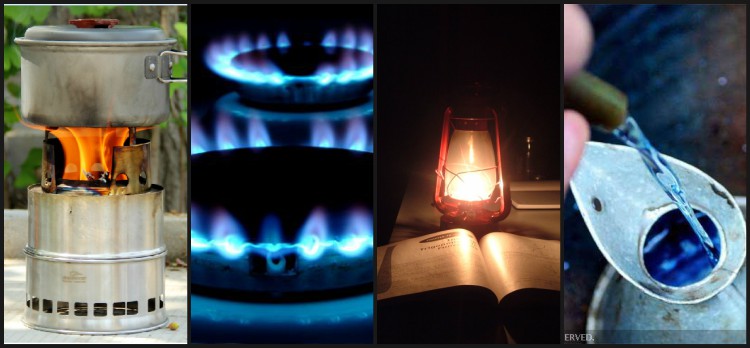Kerosene or "white petroleum", which is commonly called oil in Iran. The liquid is light and slightly heavier than gasoline, the specific smell disappears after evaporation. Organic matter belonging to the group of simple hydrocarbons. This fuel is a refinery distillation product composed of medium hydrocarbons (C10-C16) and containing a distillation range of from 275 to 150 degrees Celsius. Since the inception of the oil industry, kerosene has been the most important oil production for 50 years.
Name of matter (Persian): white petroleum
The name of the substance (English): Kerosene
Brand Name (Persian): Kerosene
Brand (English): Kerosene
Kerosene or " Fuel used for lights" commonly referred to as oil in Iran is the liquid is light and slightly heavier than gasoline, the specific smell disappears after evaporation. The oil density is about 0.780, which shows a higher percentage of hydrocarbons in naphtha and reflux, its quality depends on the type of its constituent parts and its boiling point. This fuel is a refinery distillation product composed of medium hydrocarbons (C10-C16) and containing a distillation range of from 275 to 150 degrees Celsius. The natural color of this product is colorless and, due to the special purification carried on it, does not have any unpleasant smell. Since the inception of the oil industry, kerosene has been the most important oil production for 50 years. It was first used as Fuel used for lights and is still used in lighting applications.
Brightness: Kerosene is used for lighting as well as for marking fire relief. Because the flash point of the kerosene is higher than 35
degrees Therefore, it does not pose a fire hazard.
As fuel: Kerosene is the fuel often used by tractors and machinery used in agriculture Also, as a source of power in some airplane turbines and jet aircraft engines.
Physical and chemical properties:
Flash point A petroleum liquid is the minimum temperature at which the steam resulting from it flames in the vicinity of the flame for a few moments. In other words, the flash point is a temperature in which the temperature is sufficiently steamy to be flammable with the flammable agents. The flash point of petroleum represents some of the light materials in it, and therefore, it can be used to predict the possibility of exploding oil reservoirs by considering the explosion limit. The kerosene ignition point should not be less than 100 degrees Fahrenheit. The low fertilization point is due to the presence of hydrocarbons in the gasoline line, which should always be controlled during the refinement.
SMOKE POINT: The maximum length of the flame lamp has a wicket with a standard laboratory before smoke, in millimeters, is called the hydrocarbon smoke spot. The kerosene smoke spot depends on its hydrocarbons, and its smoke should not be less than a millimeter. To increase the smoke point, the hydrocarbons are separated by extraction method.
Charging
Value : This test is used to determine the amount of carbon that is produced by burning Fuel used for lights at 24 speeds and can be used to check the kerosene quality. There are various methods for determining the amount of carbon generated by kiln burning, based on either IP or ASTM methods.
Kerosene production methods:
After being extracted from the soil the crude oil is transported to the refinery, by piping, etc., to be refined and converted into useful compounds, since crude oil
can not be used in the same way. Crude oil is a mixture of various hydrocarbons in which there are light materials such as gasoline and heavy materials such as bitumen is dissolved. These materials should be separated for use, and therefore separation of the crude oil is required. The separation of crude oil takes place in two stages: First, the separation of all crude oil into atmospheric pressure and then send the remainder (high boiling point materials) this step to another separator that acts under a vacuum. Therefore, the crude oil after the heat in the furnace in the atomic distillation tower is broken down into the following products: Fuel gases (mainly containing methane and ethane), lighter gases (including propane, butane, and also methane and ethane), light naphtha, heavy naphtha, kerosene, gas oil or diesel fuel, and the residual raw material of the atmospheric distillation tower. In the vacuum distillation tower, the remains of the atomic distillation tower are separated into a vacuum gas oil stream and the remainder of the distillation tower in the vacuum. Light gas oil, atmospheric gas oil, and vacuum gas are often sent to a hydrocracking or catalytic cracking unit for the production of gasoline, fuel oil and diesel fuel. The remains of vacuum tower can also send to units of
viscous breaker, Coking or asphalting for the production of heavy fuel oil or feedstocks for cracking units or raw materials for lubricating oils. The asphalt crude residue can be further refined for the production of road asphalt or roofing.

